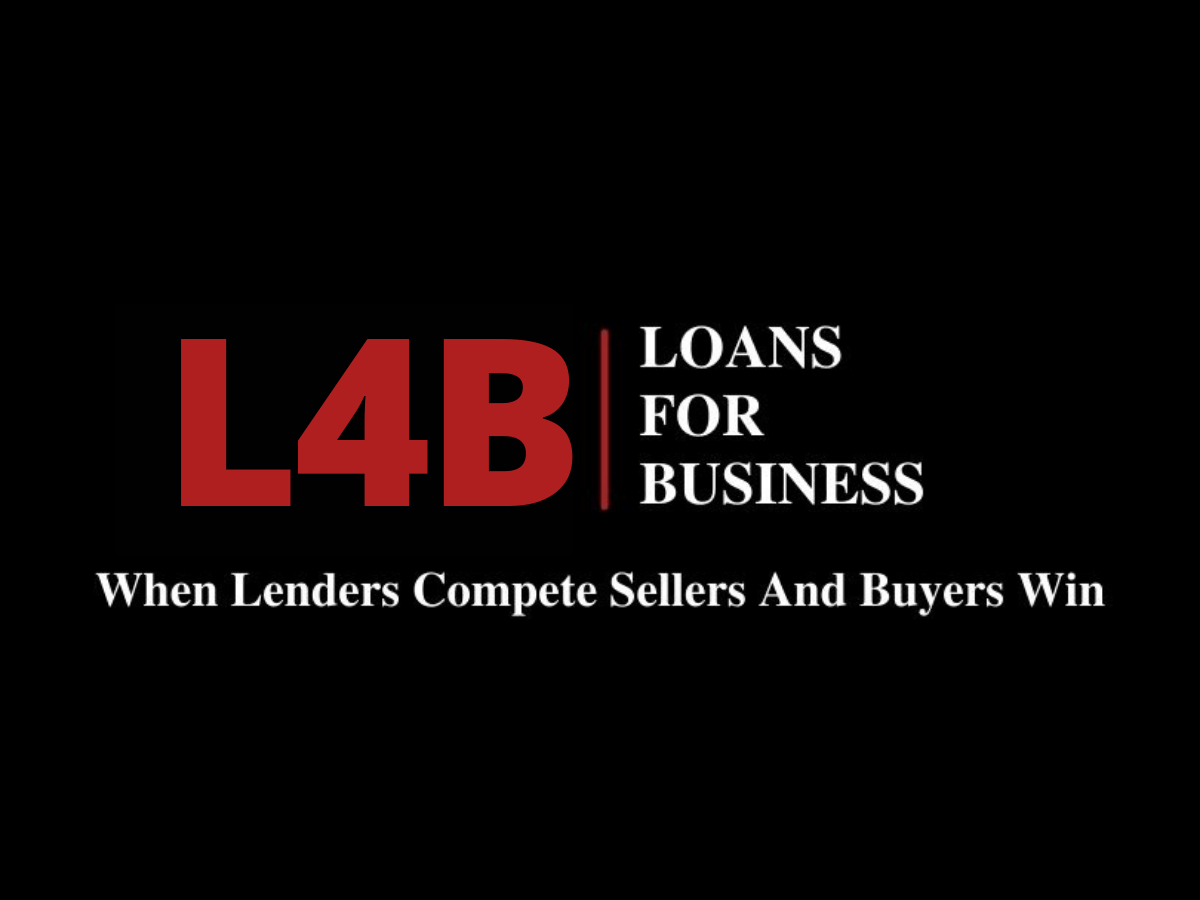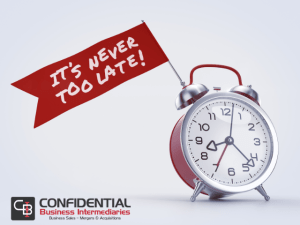Note that this information applies to SBA-guaranteed 7(a) loans rather than conventional loans, since most of our deals are business acquisitions that are financed via SBA-guaranteed 7(a) loans.
If you are a buyer that is dreaming of owning your own business, you need to understand what will be expected from you for a down payment. If you are a business owner who is selling your business to an interested buyer, you need to know that the buyer is qualified and capable…which includes the buyer’s ability to make the minimum down payment required by SBA and the lender who is providing the loan for the acquisition.
Why is a down payment required?
The SBA and lenders who offer SBA-guaranteed loans know that when a small business owner is investing his or her own money (the down payment) and time into a business venture, they are more likely to successfully follow through and repay the loan in full if they have “skin in the game”.
Remember that the loan is partially, but not fully, guaranteed by the SBA, so both the SBA and the lender have something significant to lose if a borrower fails to repay. The SBA will owe money to the lender to cover the debt that was guaranteed, and because the SBA’s guarantee is only a partial one, the lender themselves will likely still lose money on the defaulted loan.
Before taking this risk, both the SBA and the lender want to know that the borrower has something to lose as well. That’s the purpose of the down payment.
What amount / percentage is expected?
The general rule of thumb for an SBA 7(a) loan down payment is that it should equal 10% of the total project cost. For example, on a $1,000,000 business acquisition with loan closing costs totaling 3.5% of $1,000,000, a $103,500 down payment is required.
However, considering that lenders are actually loaning money from their own funds and have their own standards, the down payment percentage could be higher. Some lenders always require a minimum of 15% for the down payment. Of course, those same lenders may offer more competitive terms so all things need to be taken into consideration.
How and Where to get or obtain an SBA loan down payment?
The most obvious source for the down payment is cash on hand or money sitting in your bank account. When lenders review a buyer’s Personal Financial Statement, they are going to look at Cash on Hand and bank account balances first to determine if the buyer has funds available for a down payment. Keep in mind that lenders will typically ask for 2 months of bank statements so they can confirm that the money has been in the account for a minimum period of time.
There are other ways to make down payments for buyers who meet the requirements associated with each:
– ROBS (Rollovers for Business Start-ups) Plan using funds from a 401(k) retirement plan
– Using HELOC (Home Equity Line of Credit) or home equity loan funds when there is an outside source for re-payment
– Gift from a 3rd party
If you want to learn more about these other options or about the entire process involved in obtaining financing for a business acquisition, contact Kelly Tivis, Loans4Biz Program Manager, @ 479-770-8989 or via email @ kelly.tivis@cbiteam.com.
Kelly has helped dozens of buyers obtain financing for a variety of deals and he is available to assist with your unique deal as well.



